Thermal Management by PCM in a Room Wall CFD Simulation
$120.00 $60.00 Student Discount
- This problem simulates the Wall of a room with Phase Change Material (PCM) by ANSYS Fluent software.
- The geometry of the present model is drawn by Design Modeler software and then meshed by ANSYS Meshing software.
- the mesh type is structured and the cell number equals 193,500.
- the solution is solved transiently.
- The solidification & Melting model is enabled.
To Order Your Project or benefit from a CFD consultation, contact our experts via email (info@mr-cfd.com), online support tab, or WhatsApp at +44 7443 197273.
There are some Free Products to check our service quality.
If you want the training video in another language instead of English, ask it via info@mr-cfd.com after you buy the product.
Description
Thermal Management by PCM in a Room Wall CFD Simulation, ANSYS Fluent Tutorial
Description
A Phase Change Material is a material that releases or absorbs sufficient energy during melting and freezing. They melt and solidify at specific temperatures, making them suitable for controlling the temperature. PCM can absorb significant heat energy during the melting and give out the heat absorbed when it solidifies.
PCMs have many applications where energy storage and stable temperatures are required. It Includes heating pads, cooling for telephone switching boxes and fabrics available for bedding and clothing.
This project modeled a square-shaped room with a wall consisting of 3 layers of different materials. The wall layers are Brick, Trimethylolethane/water (PCM), and Concrete from the outer to the inner layer. The outer surface of the Brick is exposed to 100 w/m2 heat flux. Brick, Trimethylolethane/water, and Concrete have a low thermal conductivity so that the room temperature would resist any rapid thermal change.
The geometry of the solution is a 3D square domain of 3 meters in addition to 3 layers, and each one has a 10cm thickness. Plus, Design Modeler software is used to create the geometry. Ansys Meshing software is used for generating structured mesh grids, and the number of them is 193,500.
This CFD project is the 4th episode of the ANSYS Fluent General Training Course.
Methodology: thermal management by PCM in a room wall
The Solidification and Melting model is used to simulate the Phase Change Material loading. The pressure-based solver has been employed due to the incompressibility of the fluid. Also, the simulation depends on Time, so it has been performed in a Transient form. Moreover, the gravitational effects are ignored.
Conclusion
At the end of the solution process, two-dimensional contours and vectors related to water pressure, temperature, turbulence kinetic energy, and velocity are obtained. As depicted, it’d take about 6 days to make the volume fraction equal to 1. It means all the Phase Change Material(Trimethylolethane/water) melts completely. it shows the time the material needs to store the energy it gets from radiation.
Also, the temperature increases inside the house very slowly which is due to the low conductivity of the wall components(Brick, Trimethylolethane/water, Concrete).
this simulation confirms the ability of the PCM in storing the energy and then use them at a proper time, resulting in lower energy and power consumption.
Reviews
Related products
-
Computer Room Air Conditioning CFD Simulation, DPM
Rated 4.50 out of 5$160.00$80.00 Student Discount -
Gasification in Gasifier Chamber, P1 Radiation Model
Rated 4.83 out of 5$240.00$120.00 Student Discount
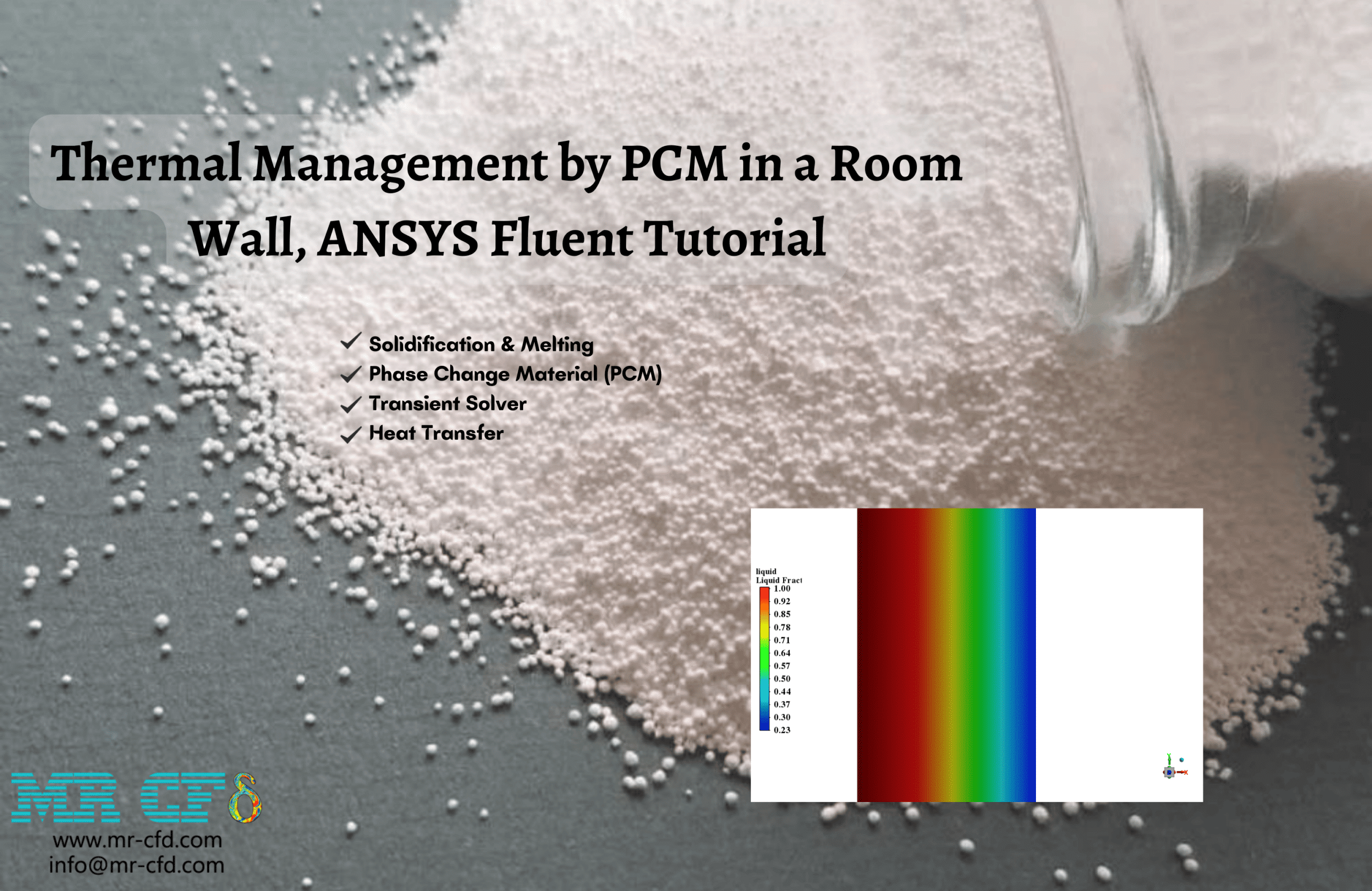
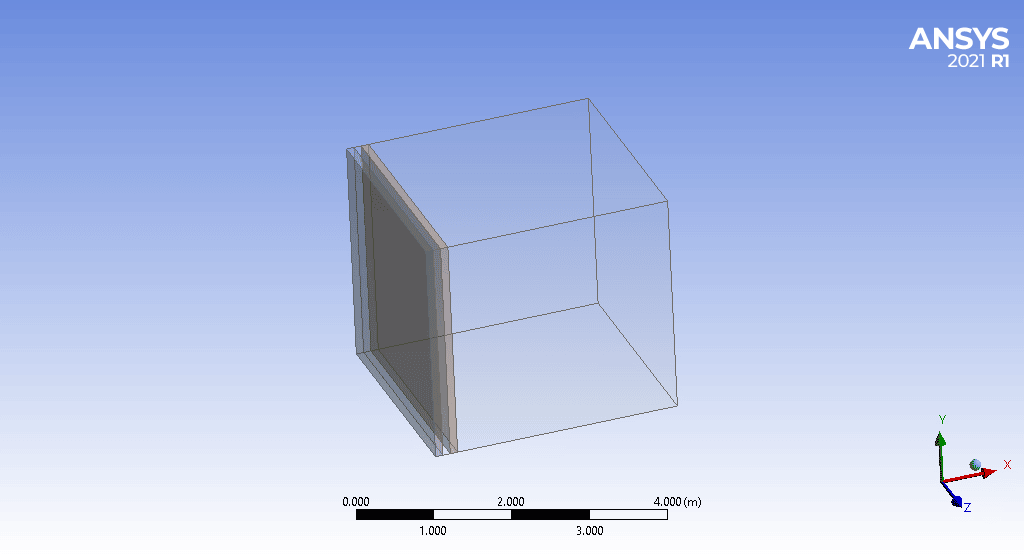
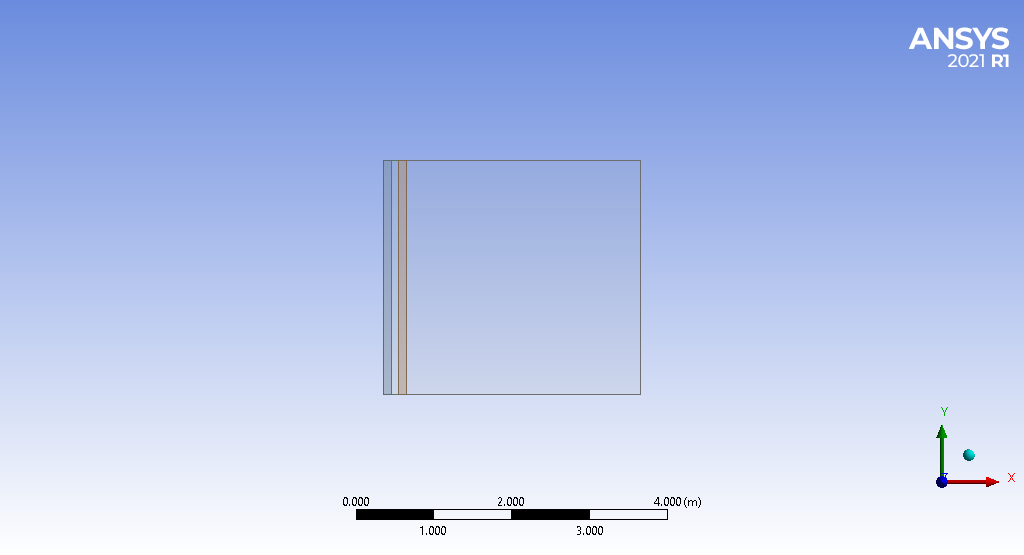
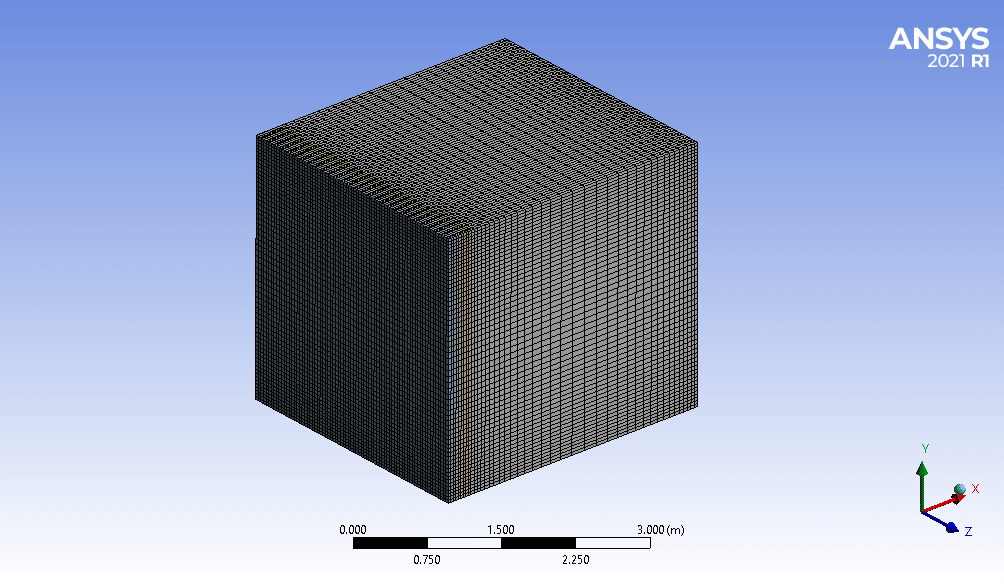
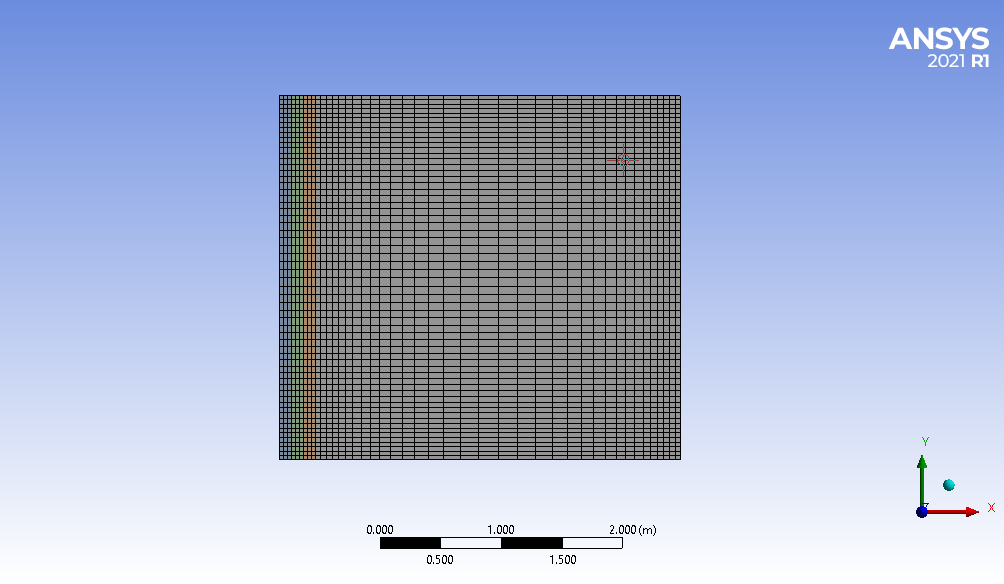

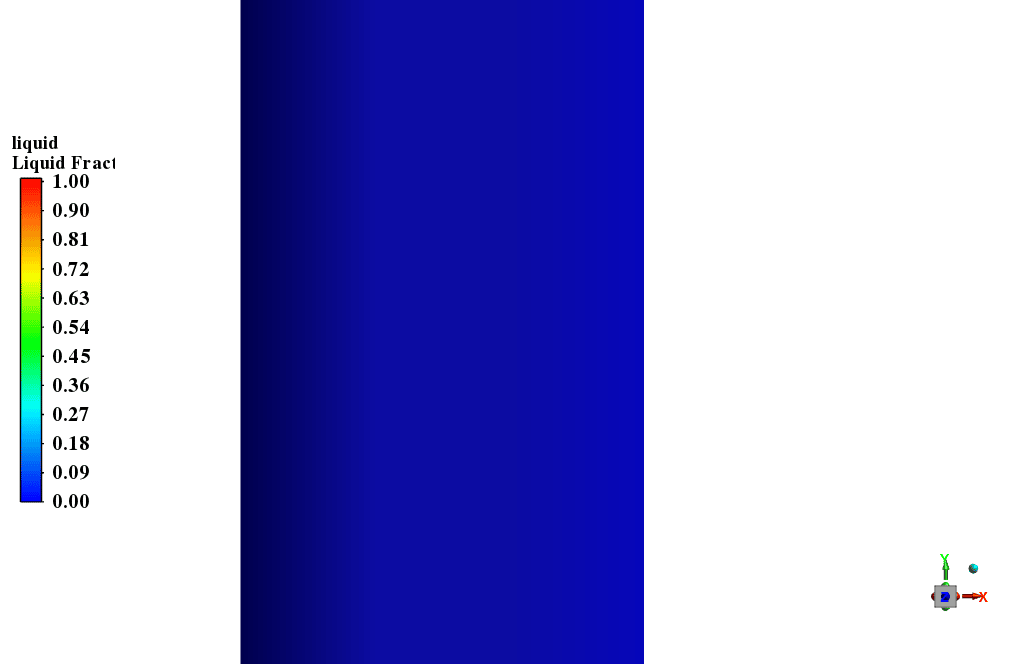
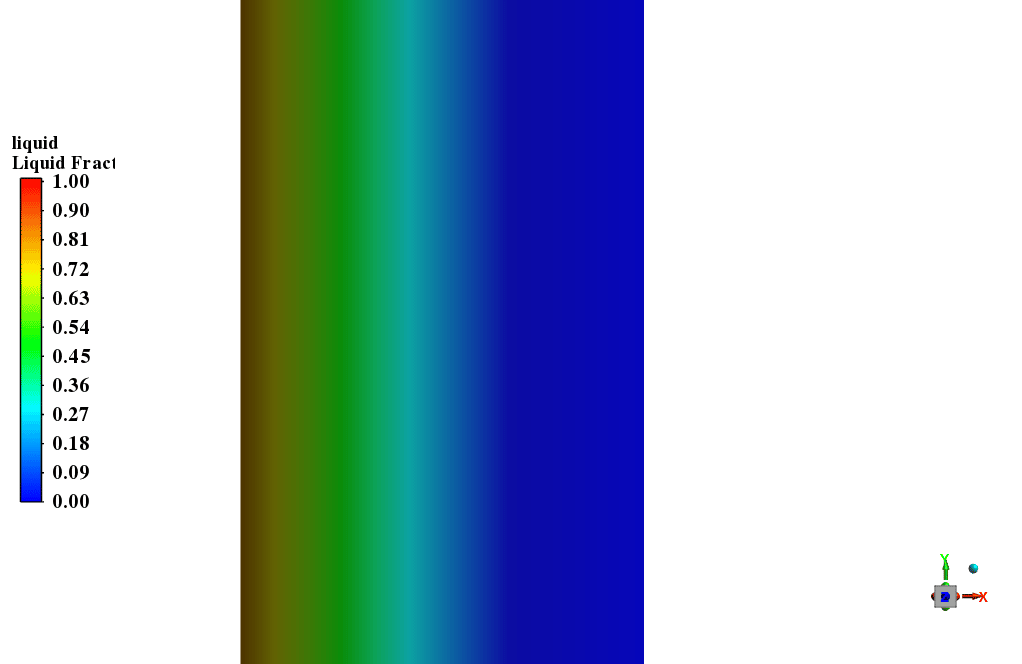
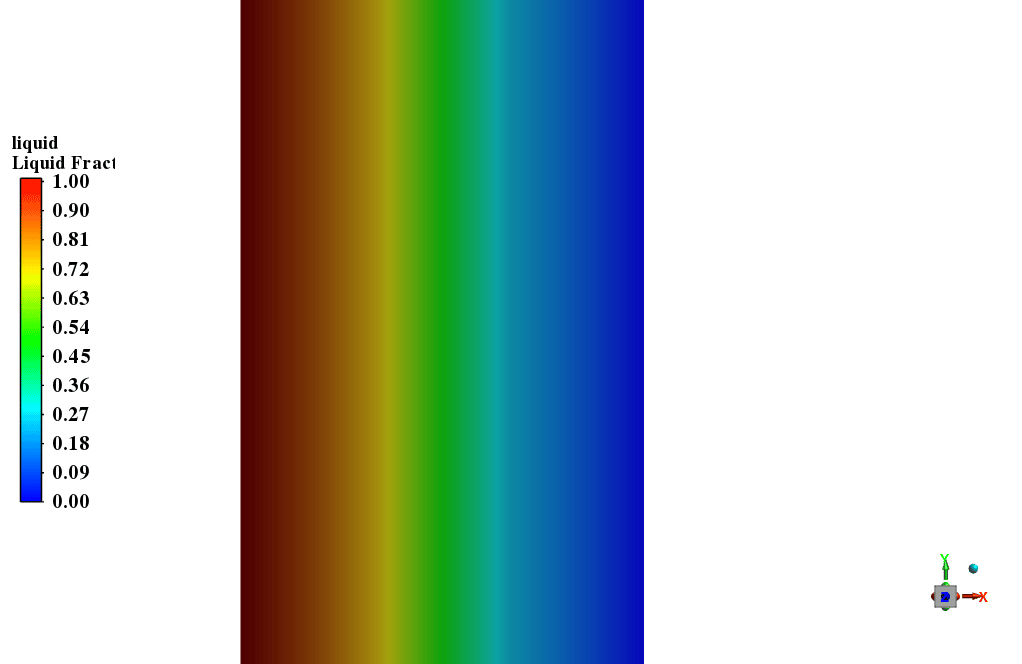
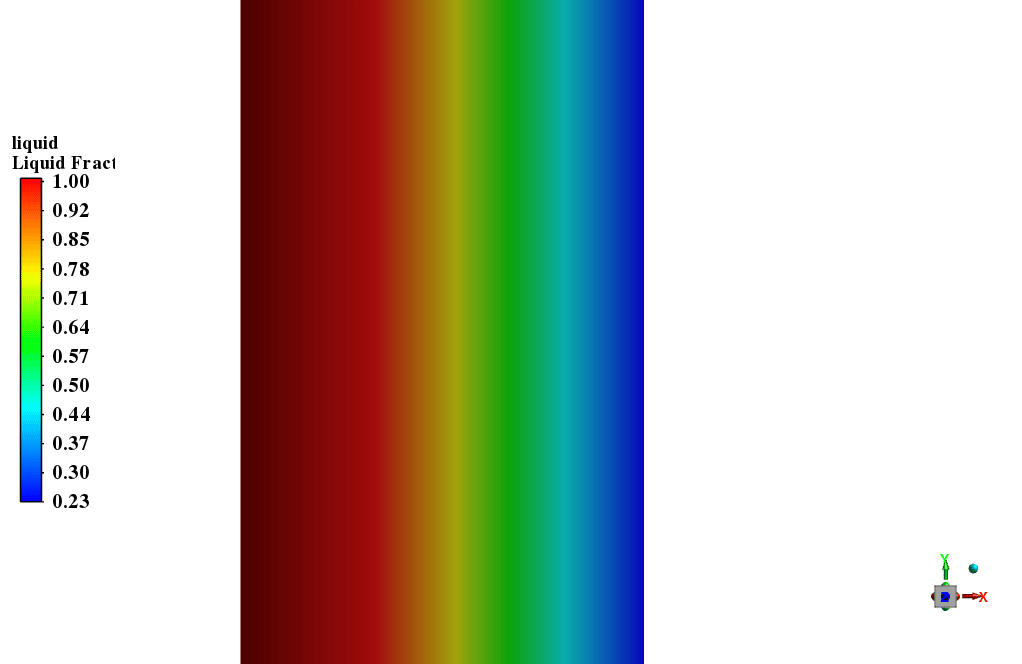
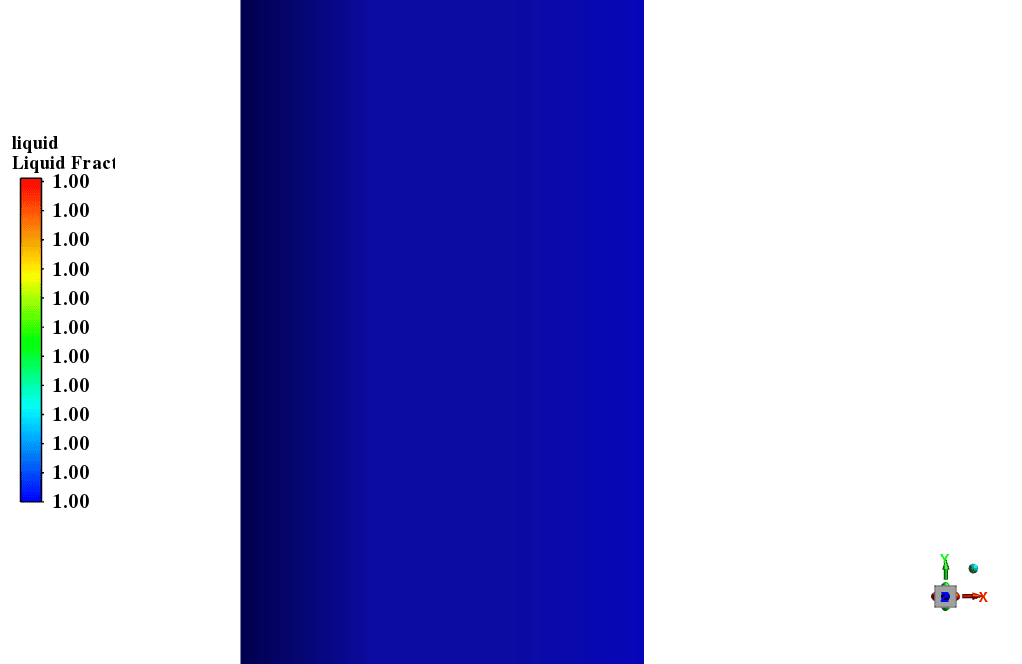
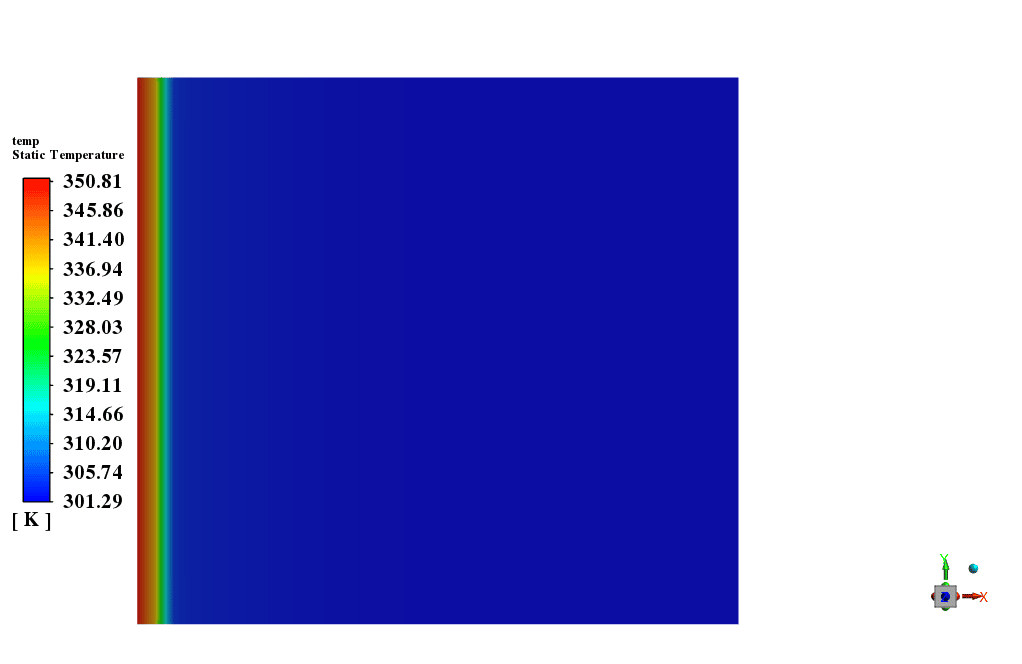
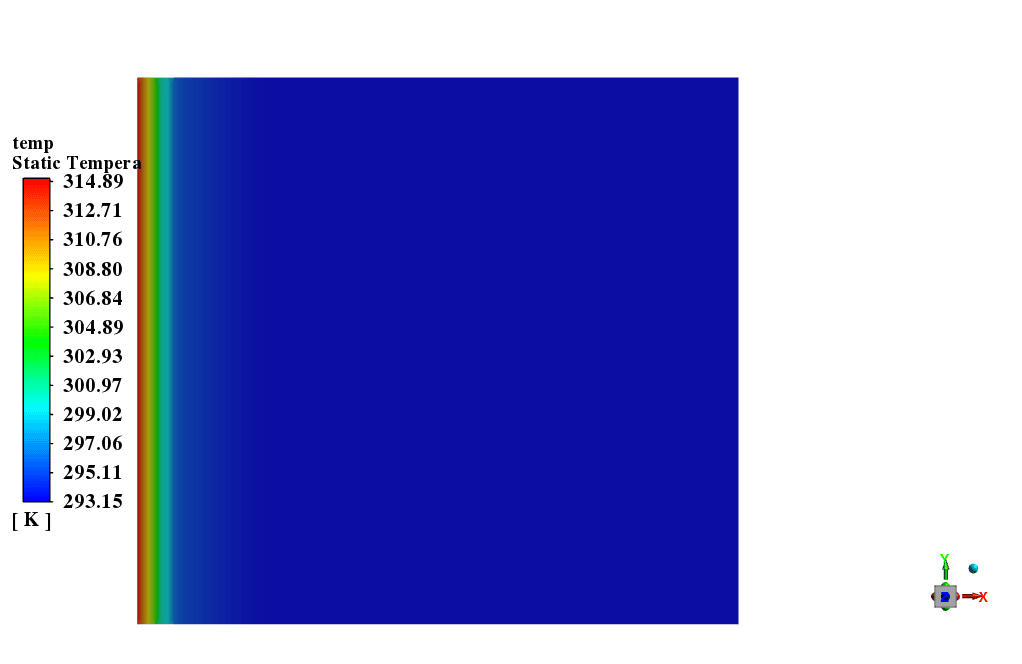
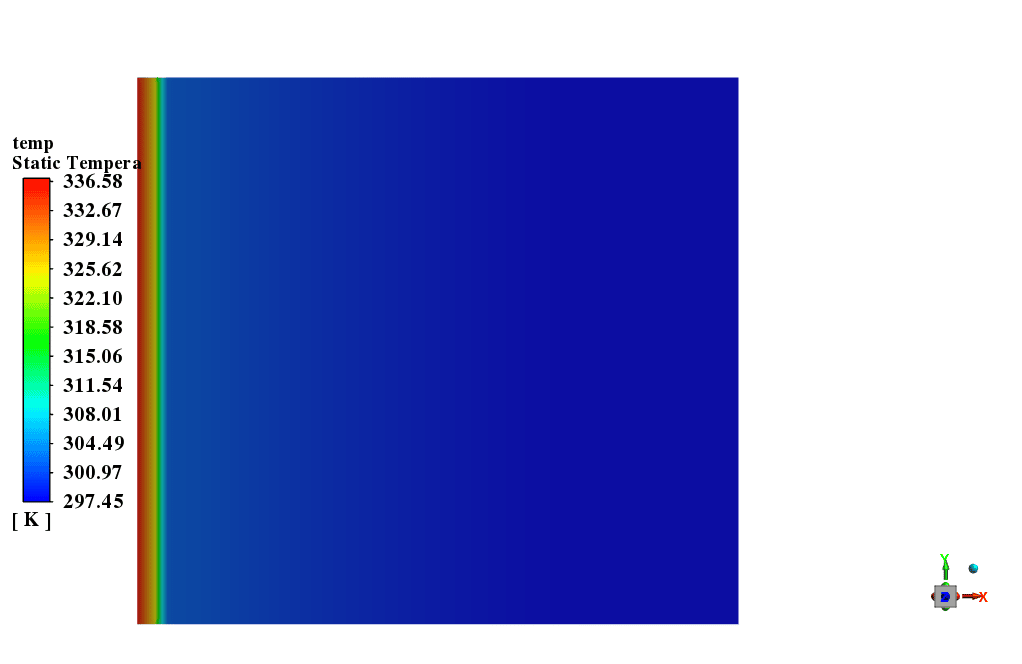
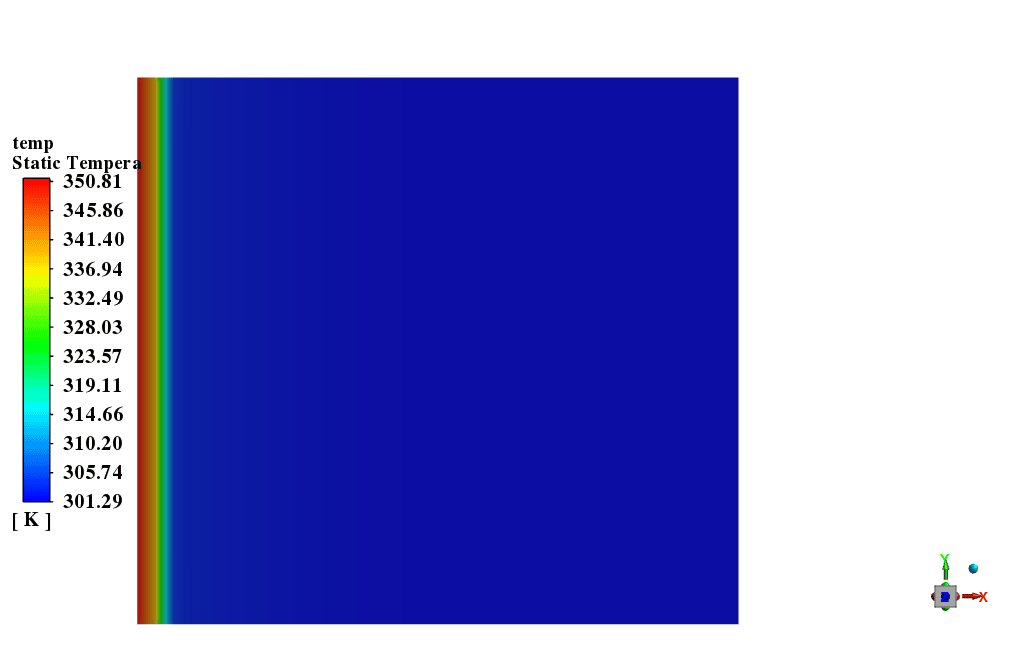
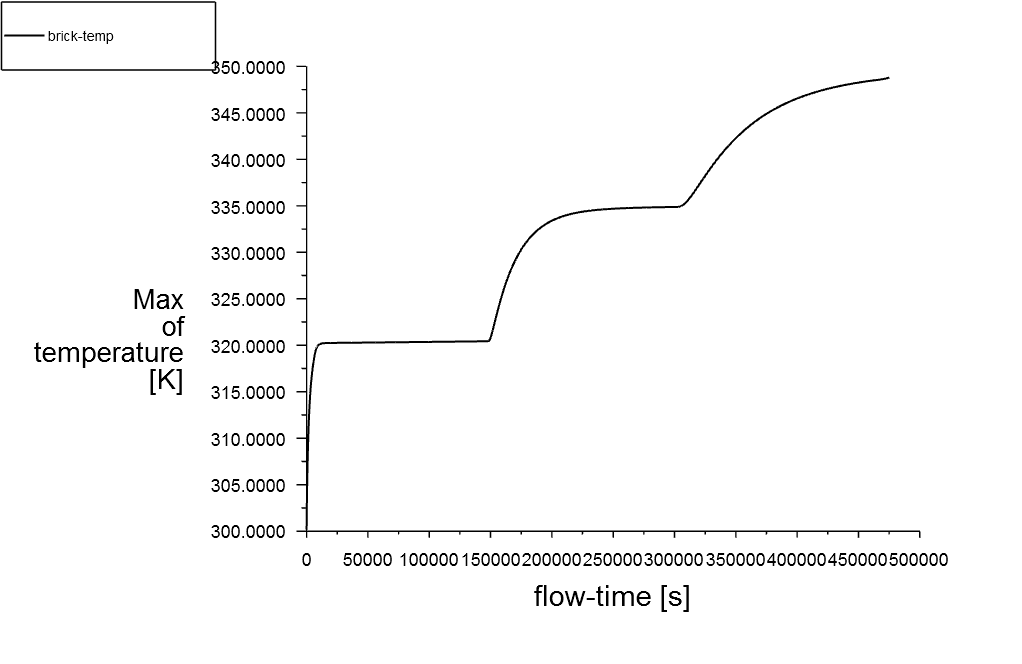
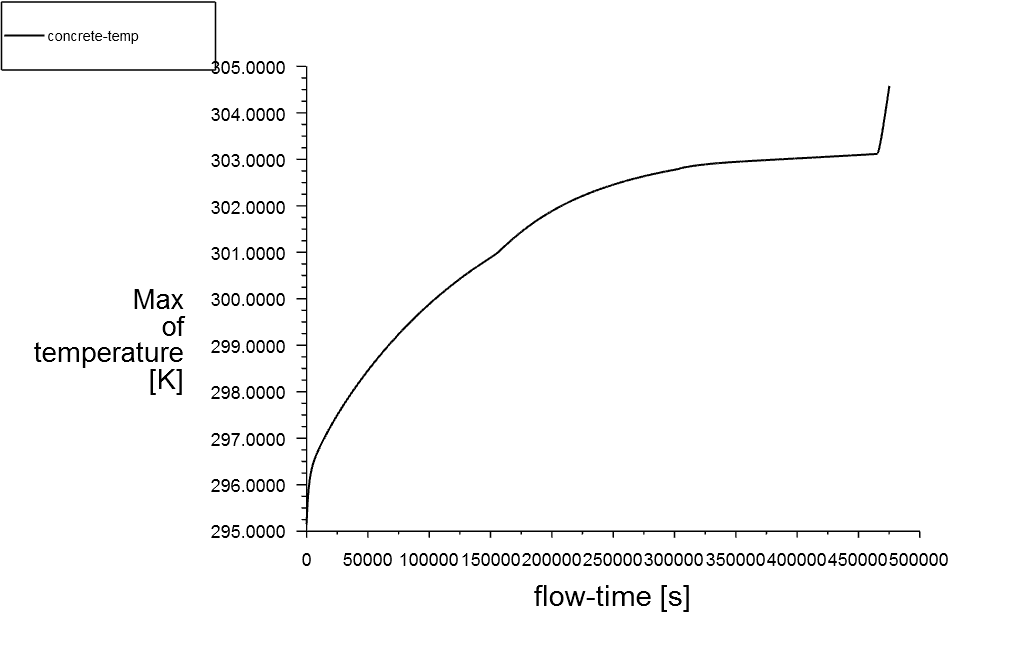
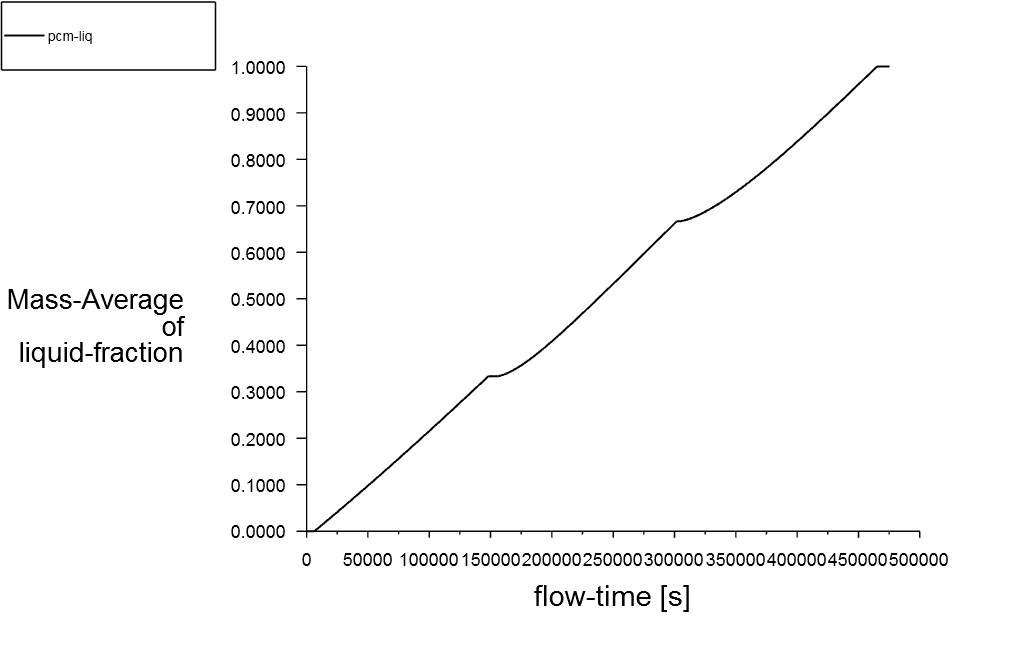
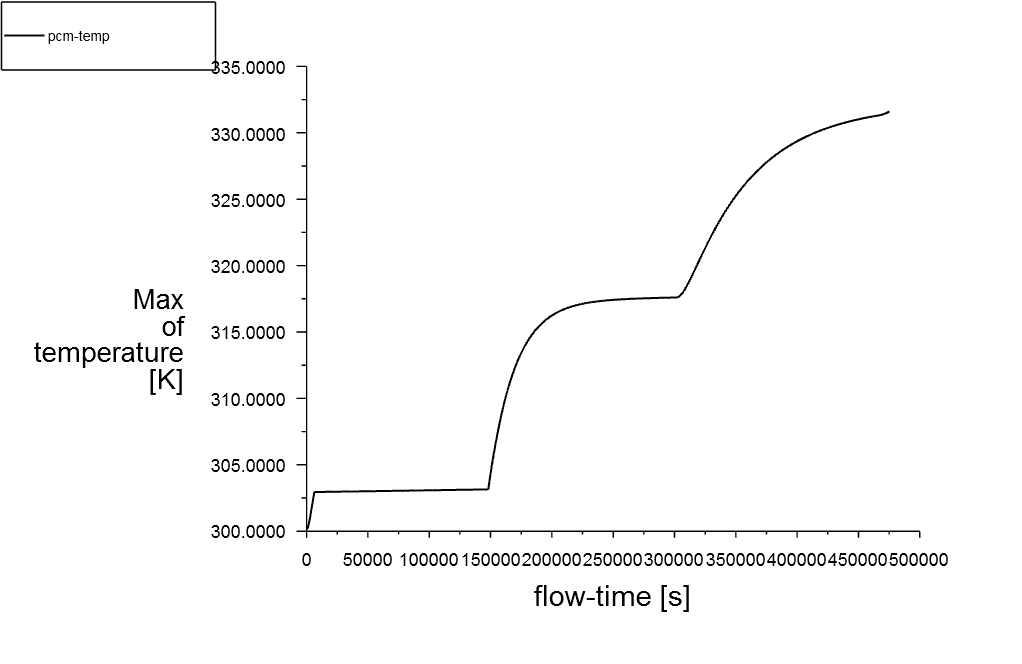
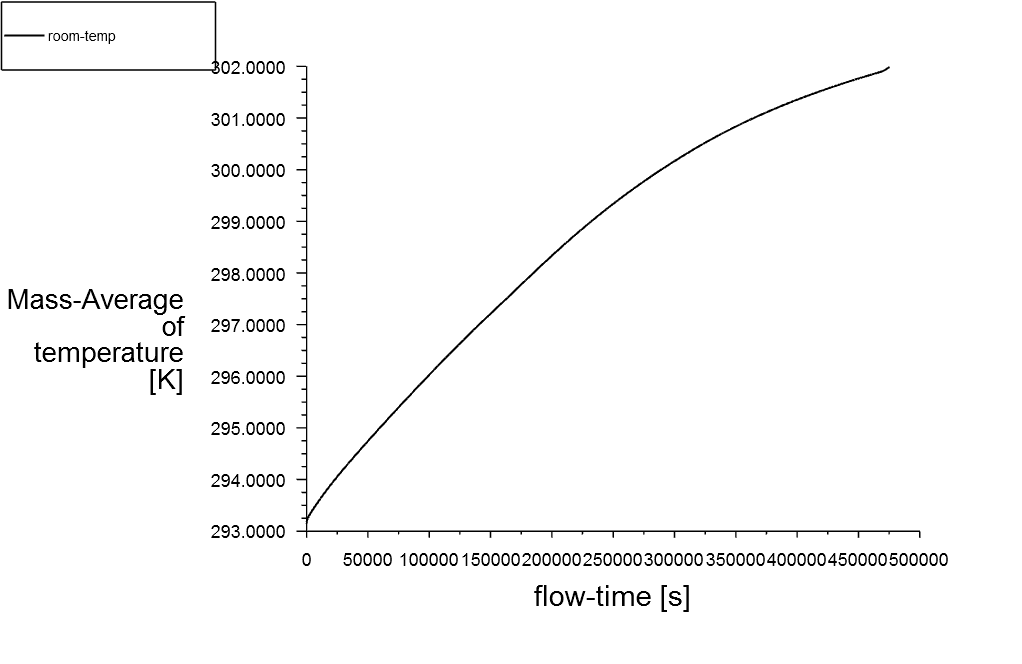
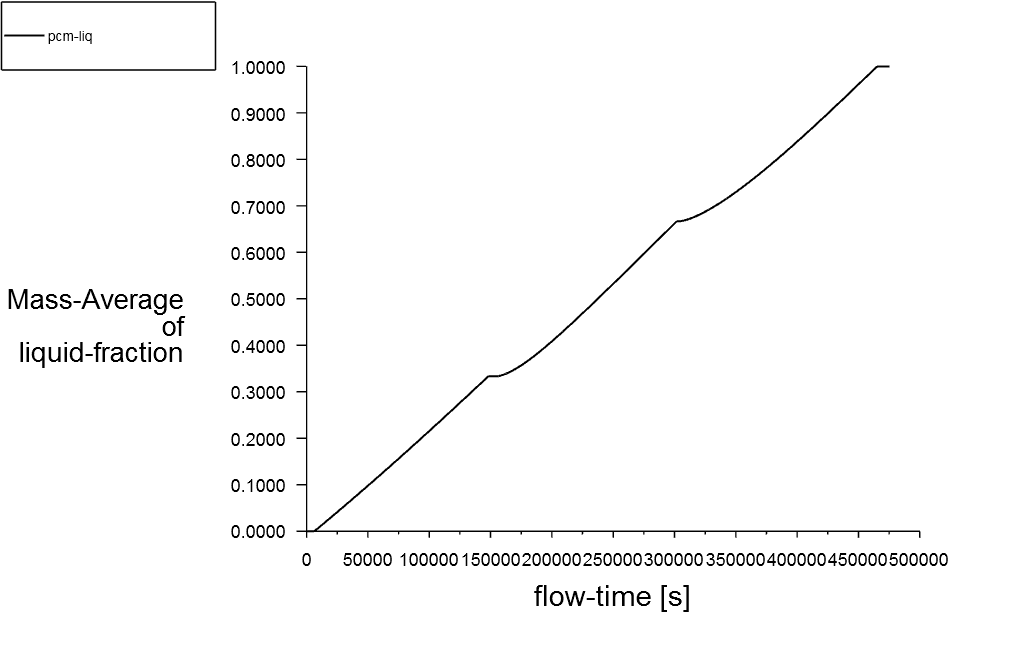



Brenda Stokes –
Fantastic learning tool! The tutorial was concise and informative, walking me through the unbelievable potential of PCMs in practical thermal management scenarios. My skills on ANSYS Fluent vastly improved, and understanding the layering effects of different materials shed light on real-world applications. Thumbs up for a job well done!
MR CFD Support –
Thank you for your positive feedback! We’re thrilled to hear that the tutorial was helpful and that it has enhanced your understanding and skills on ANSYS Fluent. Your appreciation truly motivates us to continue providing quality educational content. Feel free to reach out if you need any further assistance with your learning journey!
Kobe Wisoky MD –
I was really impressed by how PCM can enhance thermal management in buildings. Could this application also be used effectively for cooling purposes during hot summer days?
MR CFD Support –
I am glad you found the PCM simulation insightful! Indeed, PCMs can be used for passive cooling in buildings. During hot summer days, they absorb excess heat from the indoors when they transition from solid to liquid, helping to maintain a lower indoor air temperature. When the outdoor temperature drops, the PCM solidifies, releasing the stored heat energy back, aiding in natural cooling. The same concept of thermal management that controls temperature fluctuations can be valuable in both heating and cooling applications.
Roberta Shields III –
The tutorial was great! It helped me understand the role of PCM in thermal management and the impact of different materials on room insulation.
MR CFD Support –
Thank you for your positive feedback! We’re thrilled to hear that our tutorial on thermal management with PCM was informative and useful to you. Understanding the role of different materials in insulation is key for efficient energy use, and we’re glad we could contribute to your learning. If you have any further questions or need more information, feel free to reach out!
Gaetano Steuber PhD –
In the simulation, how does the Solidification and Melting model work, and could you elaborate on its importance for this study of PCM in wall thermal management?
MR CFD Support –
In the simulation, the Solidification and Melting model accounts for the phase change mechanism of the PCM material as it absorbs and releases thermal energy. The model is crucial for this study as it helps in accurately predicting the behaviour of the PCM within the wall structure, which is essential for determining its effectiveness in managing the temperature fluctuations in the room.
Laurie Franecki –
I had the chance to work with the Thermal Management by PCM in a Room Wall CFD Simulation tutorial, and I found the PCM’s melting and solidifying process quite fascinating. It was well explained. However, I was wondering how much heat flux would be too much for the PCM to handle before it becomes ineffective in thermal management?
MR CFD Support –
The effectiveness of the PCM depends on its physical properties, such as its heat of fusion and specific heat capacity. Each PCM has a threshold where it can effectively absorb heat until it reaches its melting point. In this tutorial, a heat flux of 100 w/m² has been mentioned, but this is just an example scenario. To determine the maximum heat flux the PCM can handle, one would have to consider the latent heat of the specific PCM used, ambient temperature, insulation quality, and desired room temperatures for comfort or process needs. Custom simulation could be set up to explore the PCM behavior under various thermal loads to find the limits of its effective thermal management capabilities.
Dorris Morar –
I’m intrigued by the application of PCMs in thermal management. Could the simulation results indicate how much the inclusion of the PCM layer could potentially save on power consumption over time?
MR CFD Support –
Absolutely, the simulation results demonstrate that PCMs in the walls can accumulate and store significant amounts of thermal energy, which can be later released or absorbed to help moderate indoor temperatures effectively. Calculating the precise savings in power consumption would involve analyzing the reduced need for active heating and cooling over time. For example, reduced temperature fluctuations minimize the workload on HVAC systems, thus indicating potential energy savings.
Jayne Schamberger –
This tutorial was well-structured and informational. The details given about the Solidification and Melting model helped me understand the process and the significance of PCM in thermal management. The step-by-step explanation made it easier for me to follow and apply the concepts in my own simulation project. Great work!
MR CFD Support –
Thank you for your positive feedback on the ‘Thermal Management by PCM in a Room Wall CFD Simulation’ tutorial. We are delighted to hear that you found the tutorial well-structured and informative, and that it helped you with your simulation project. Your comprehension and application of the concepts are exactly what we aim for with our tutorials. If you have any more questions or need further assistance in your projects, please don’t hesitate to reach out!
Magnolia Klein –
I’m interested in the effects of PCM melting rates on room temperature. Have these specific variations across different melting points of PCM been investigated in this simulation?
MR CFD Support –
The simulation you’ve read about focuses on the melting process of a Trimethylolethane/water PCM in a room wall and its ability to store and release thermal energy, contributing to thermal management. The variations across different PCMs with various melting points have not been detailed in this specific study. The emphasis is on the performance of that particular PCM type, analyzing how it stores heat energy from radiation and the subsequent increase in room temperature over time. For a broader range of melting points and their effects on room temperatures, it would be advisable to study different simulations, each with PCM possessing unique physical and thermal properties.
Isabelle Parisian –
Truly impressive CFD simulation! It nicely demonstrated the potential of PCM in efficiently managing energy in a building context. Ansys Fluent has been utilized appropriately for this purpose, offering encouraging results in energy conservation.
MR CFD Support –
Thank you for your feedback! We’re really glad to hear that you found this simulation impressive and that it effectively highlighted the capabilities of PCMs in thermal management. If you have any further insights or queries, don’t hesitate to contact us. Your positive comments encourage us to continue producing high-quality educational materials.
Caleb Flatley –
This ANSYS Fluent tutorial was excellent! The use of PCM for thermal management felt like an innovative solution that bridges practicality and advanced CFD concepts. The guidelines for setting up the melting and solidifying model, as well as understanding the transient nature of simulation, were incredibly useful for visualizing the temperature regulation process within a room.
MR CFD Support –
Thank you for your positive feedback! We’re delighted to hear that you found the tutorial to be of great help and that the thermal management concept with PCM was clearly demonstrated through the simulation. If you have any more questions or need further assistance in the future, feel free to reach out.
Elena Jones –
Awesome work! The results of the PCM simulation in a room wall for thermal management show significant promise for energy-saving applications in construction. The long melting time indicates that PCMs could indeed stabilize the indoor atmosphere very effectively. Thank you for sharing such an in-depth study on the topic!
MR CFD Support –
Thank you for your positive feedback! We’re thrilled to hear that you found the simulation informative and useful. It’s great to know that the efforts in our research and simulation are proving beneficial for energy-saving applications.
Dr. Dalton Schiller III –
I was awed by how PCM helps in controlling room temperatures efficiently in the simulation. Great illustration of energy storage and heat management!
MR CFD Support –
Thank you for your positive feedback! We’re delighted to hear that the simulation provided clear insights on the benefits of using PCM for thermal regulation in built environments. Your appreciation truly encourages us in our pursuit of delivering high-quality educational content.